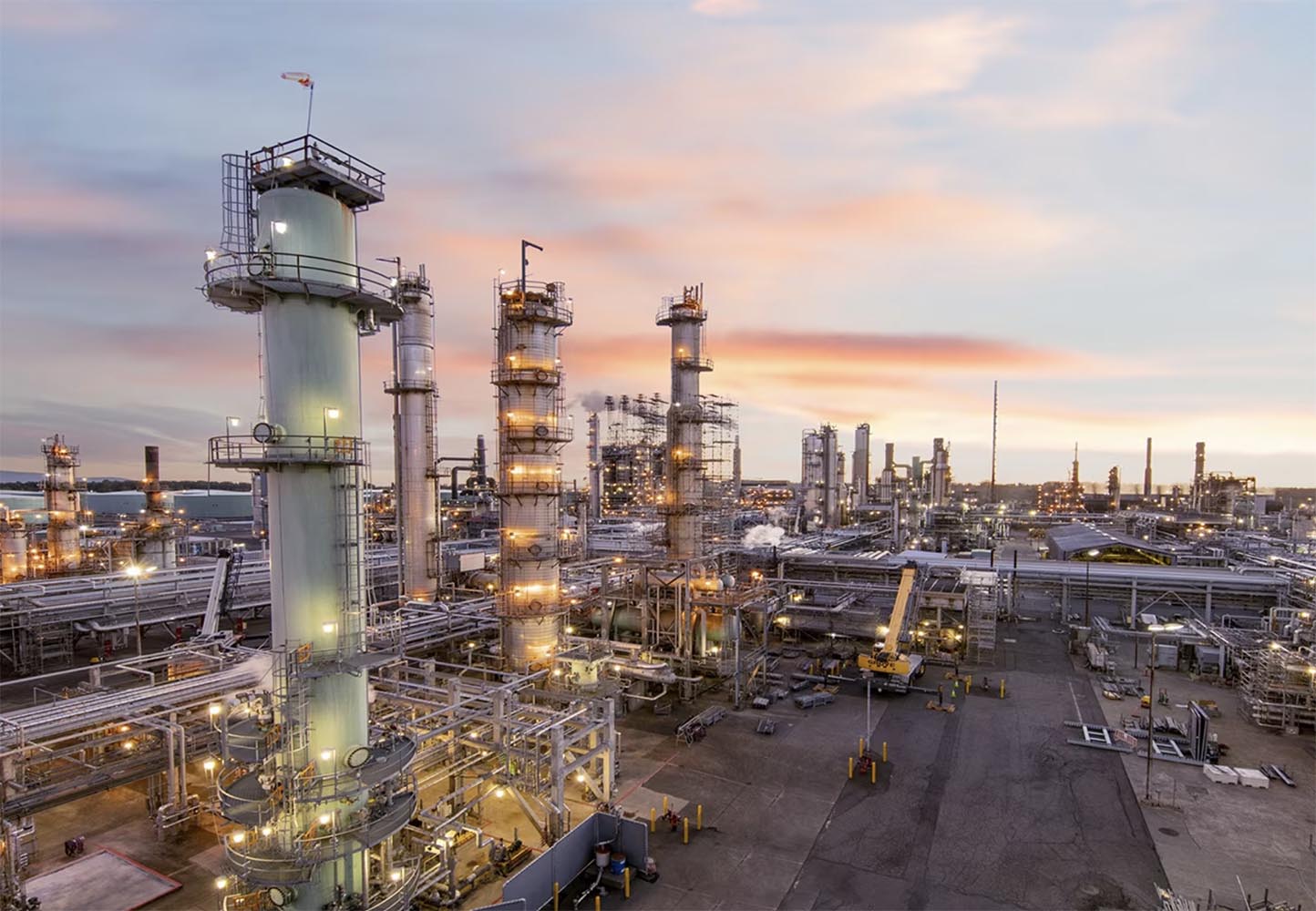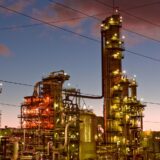
EPA endorses BP’s Kwinana Biofuel Project on brownfield site
Western Australia’s Environmental Protection Authority (EPA) has recommended approval for BP’s Kwinana Renewable Fuels Project, a significant initiative to convert an old oil refinery into a biofuel production facility. This decision highlights the environmental benefits of utilising a brownfield site for industrial redevelopment.
The Kwinana project, spearheaded by BP Refinery (Kwinana) Pty Ltd, aims to repurpose existing hydrocarbon refining infrastructure to process up to 1,600 cubic metres of biofuel feedstock daily. This feedstock includes vegetable oils, animal fats, and other bio waste products.
Kwinana Oil Refinery was sited on the shore of Cockburn Sound at Kwinana, near Fremantle, Western Australia. Built by the Anglo-Iranian Oil Company and completed in 1955, it was the largest oil refinery in Australia, with a capacity of 138,000 barrels per day.It was closed by BP in March 2021 to be converted to an import-only terminal, in response to the long-term structural changes to the regional fuels market. At the time of the announcement of its closure in November 2020, the oil refinery employed around 650 people – 400 permanent staff and 250 contractors.
Kwinana is one of five biofuel projects that bp has planned globally. It is expected that these projects will produce around 50,000 barrels of sustainable aviation fuel (SAF) and HVO (hydrotreated vegetable oil, also known as renewable diesel) per day by 2030.
The Kwinana Renewable Fuels project is part of the global multi-billion dollar investment by bp and will see existing refining infrastructure repurposed to produce drop-in fuel products that have the ability over time to support the decarbonisation of aviation and heavy industry, subject to regulatory and state government approvals.
The biorefinery is planned to produce SAF and biodiesel from bio feedstocks by 2026. It will also integrate with the site’s existing import terminal operations and plans for green hydrogen production, which is currently being assessed in a feasibility study.
EPA Chair Professor Matthew Tonts emphasised the environmental merits of the project, particularly the use of a previously disturbed industrial site. “This approach eliminates the need for clearing vegetation and takes advantage of existing pipeline, jetty, and tank infrastructure,” he noted. The project’s location and design significantly reduce its environmental footprint.
Emissions reduction and climate impact
A detailed environmental assessment was conducted to evaluate the project’s impact on climate change, focusing on greenhouse gas emissions. BP has proposed a linear trajectory of emissions reductions, aiming for net zero by 2050. The EPA has recommended strict conditions to ensure these targets are met.
“The proposed emissions reduction trajectory is expected to mitigate approximately 1,449,000 tonnes of CO2-equivalent Scope 1 emissions over the project’s 20-year lifespan,” Tonts stated, highlighting the potential for significant environmental benefits.
The EPA’s report is now open for a three-week public appeal period, concluding on January 23, 2024. The final decision on the proposal will be made by the Minister for Environment, following the consideration of any appeals submitted to the Office of the Appeals Convenor.
The Kwinana Renewable Fuels Project represents a forward-thinking approach to sustainable industrial development, aligning with global efforts to reduce carbon emissions and promote renewable energy sources. The EPA’s endorsement underscores the project’s potential to contribute positively to environmental conservation and climate change mitigation.









